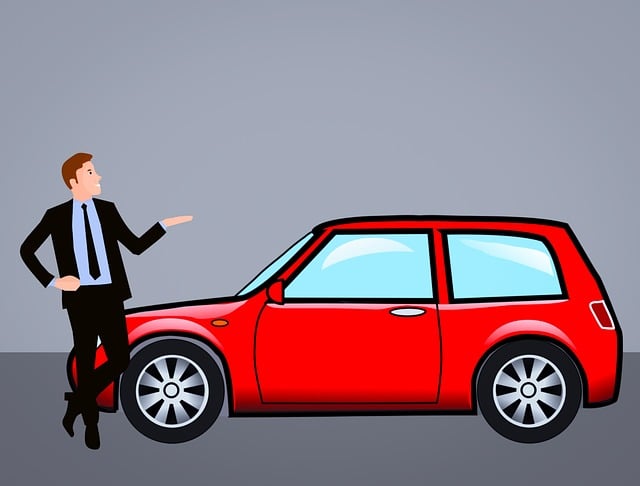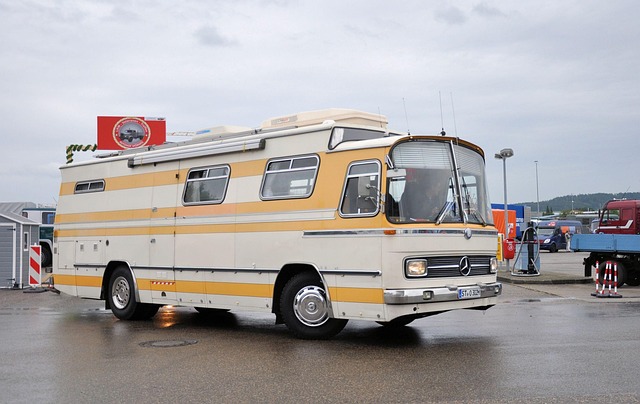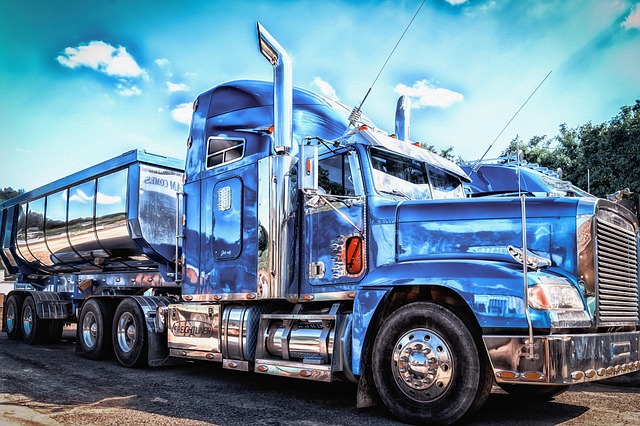Registering a car in California is a straightforward process that requires preparation and attention to detail. Before you begin, ensure you have all necessary documents, including proof of ownership and insurance. Using the state’s official DMV services, either in-person or online, streamlines the registration. Verify your vehicle’s Identification Number (VIN) using a trusted dmv vin verifier for accuracy. Fill out the application form, pay the fees, and you’ll soon be cruising California with your new license plate.
- Prepare Required Documents for Car Registration
- Visit Your Local California DMV Office or Use Online Services
- Verify Vehicle Identification Number (VIN) Accuracy
- Complete the Registration Application Form
- Pay Registration Fees and Receive Your Plate
Prepare Required Documents for Car Registration

Before heading to the California Department of Motor Vehicles (DMV) to register your car, make sure you have all the necessary documents prepared. The first step in this process is to obtain a Vehicle Identification Number (VIN) inspection or use a mobile VIN verifier to ensure that the vehicle’s information matches the details provided by the manufacturer. This includes verifying the vehicle’s make, model, year, and other essential specifications.
Gathering these documents is crucial for a smooth registration process. You’ll need proof of ownership, typically a bill of sale or a previous registration, along with valid identification such as a driver’s license or passport. Additionally, have your insurance card handy since you’ll need to provide proof of insurance during the registration. For added convenience, consider using mobile VIN verification services that allow you to complete this step from the comfort of your home or on your way to the DMV.
Visit Your Local California DMV Office or Use Online Services

Visiting your local California DMV office or utilizing online services is a pivotal step in the car registration process. The Department of Motor Vehicles (DMV) provides several convenient options for vehicle registration, including in-person visits and digital platforms. If you opt for an in-person visit, be prepared to bring essential documents such as proof of ownership, valid identification, and any required fees. A DMV vin verifier is often available on-site to check your vehicle’s history and ensure all necessary documentation is in order.
For a more efficient approach, consider using the DMV’s online services. This method allows you to complete many registration tasks from the comfort of your home or office. You can start by conducting a mobile vin inspection or using an online vin verifier to verify your car’s information. Once your documents are ready, you can submit them electronically, saving time and effort compared to traditional methods.
Verify Vehicle Identification Number (VIN) Accuracy

Before registering your car in California, it’s crucial to ensure the Vehicle Identification Number (VIN) is accurate and valid. A correct VIN is essential for identifying your vehicle during the registration process and ensuring compliance with state regulations. Many California residents opt for a dmv vin verifier or a mobile vin verification service to double-check this critical piece of information.
A vin inspection using these tools can help detect any discrepancies or potential scams, as well as provide peace of mind that your vehicle’s identification is reliable. With the availability of mobile vin verifiers, you can conveniently and quickly cross-reference the VIN with official databases, making the car registration process smoother and less time-consuming.
Complete the Registration Application Form

To begin the registration process, you’ll need to complete the Registration Application Form provided by the California DMV (Department of Motor Vehicles). This form requires essential information about both you and your vehicle, including your personal details, driving history, and vehicle specifications. Make sure all the information is accurate and up-to-date. One crucial aspect is verifying the Vehicle Identification Number (VIN) using a trusted source like the DMV’s vin verifier or a mobile VIN verification service. This step ensures that the vehicle you’re registering matches the records on file.
The form will also ask for proof of insurance, so have your policy details ready. It’s recommended to double-check all entries and cross-reference with your documents to avoid any delays. Remember, a correct and comprehensive application is key to a smooth registration experience.
Pay Registration Fees and Receive Your Plate

After submitting your application for car registration at the DMV, the next step is to pay the required fees. These fees vary based on factors such as the type of vehicle and whether it’s a new or used car. You can typically pay using cash, card, or check. Once your payment is processed, you’ll be issued a registration certificate and license plates.
Before receiving your plates, a DMV vin verifier will conduct a verification process to ensure the VIN (Vehicle Identification Number) on your car matches the records. This is crucial for maintaining accurate vehicle ownership records. If everything checks out, you’ll be handed over your new plates. Make sure to keep them secure and display them as required by California law for easy identification of your vehicle. Consider a mobile vin verification or inspection for added convenience and peace of mind.
Registering a car in California is a straightforward process that requires gathering essential documents, ensuring your vehicle’s identification number (VIN) is accurate, and completing an application. By visiting your local DMV or utilizing online services with a reliable dmv vin verifier, you can efficiently navigate the registration process. Remember to pay the required fees and receive your license plate to legally operate your vehicle in California.



